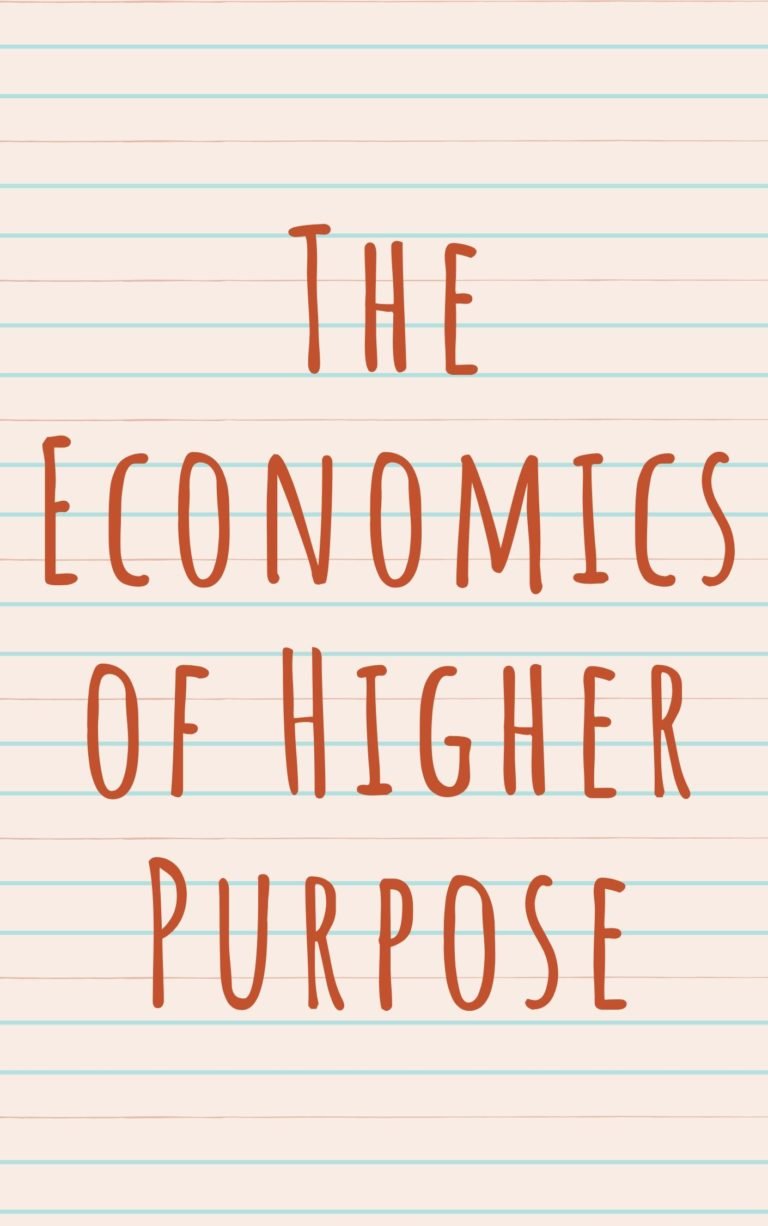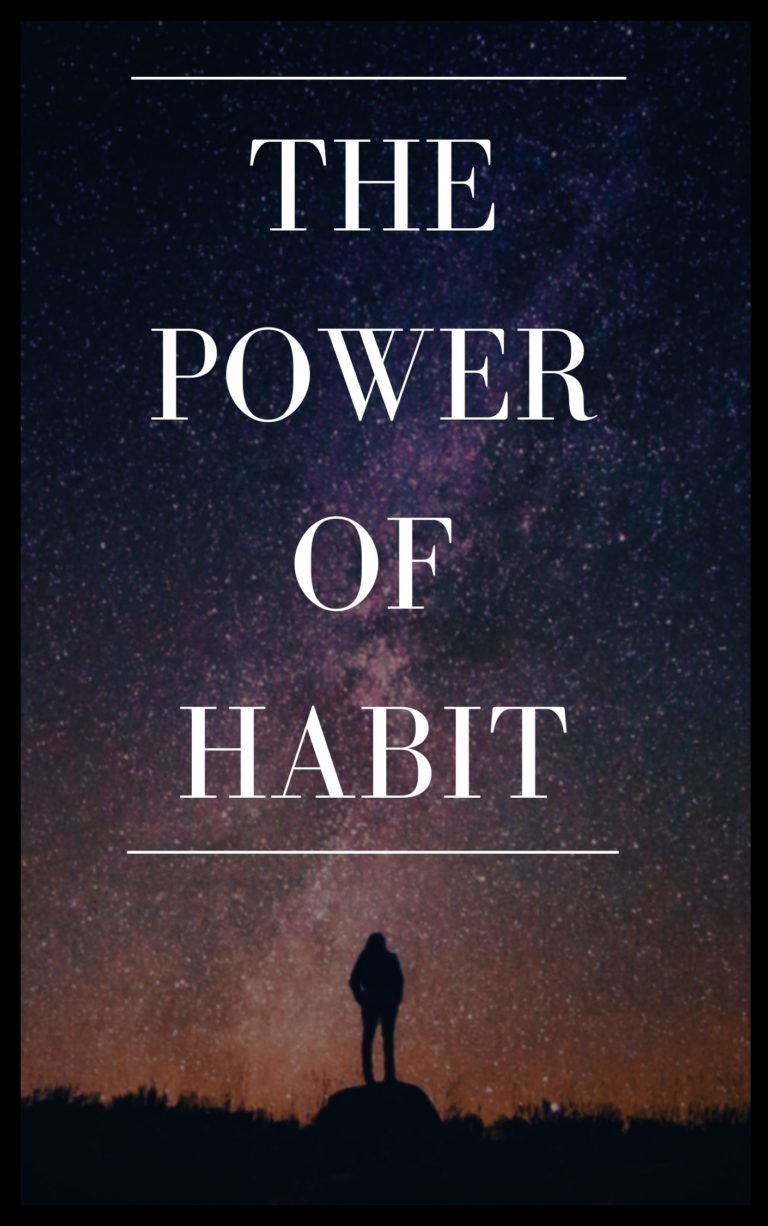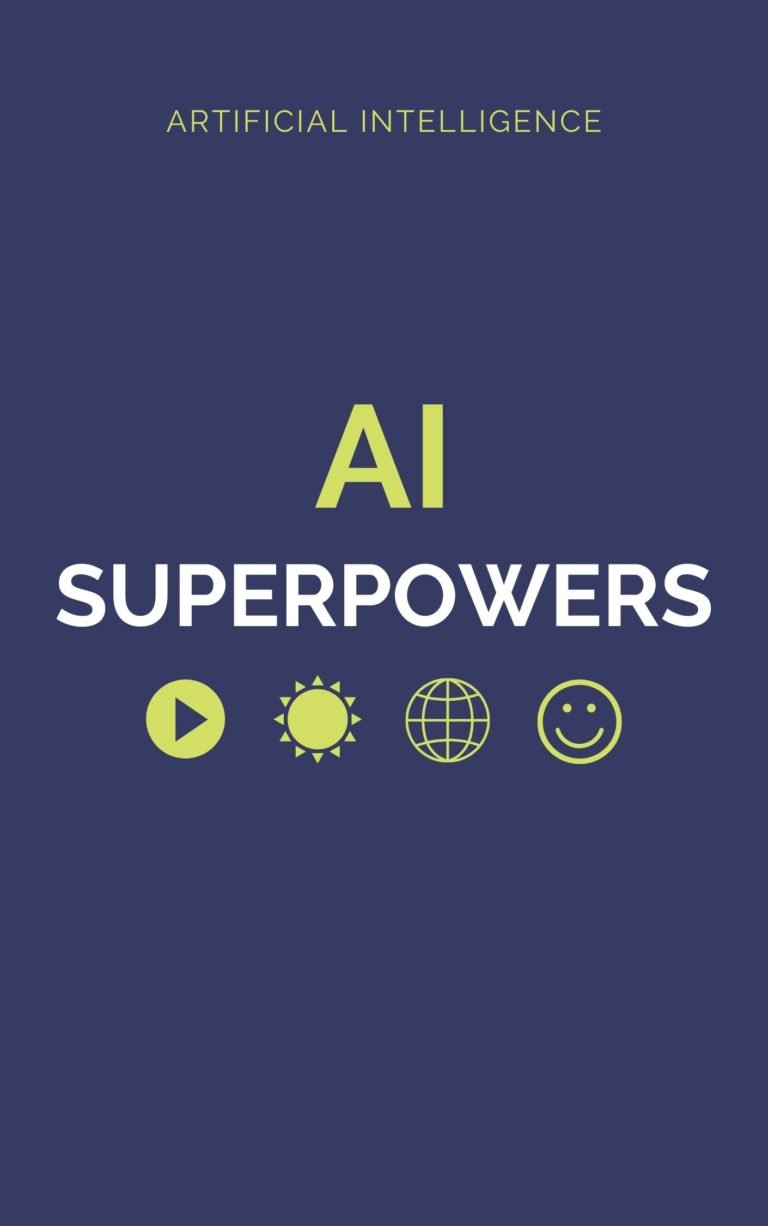Ogilvy on Advertising in the Digital Age
Miles Young
Rating: 7.0
“Young’s take on advertising in the digital age is a terrific book and an accessible text on the state of digital marketing beyond advertising. He has created a substantial book that stands on its own.”
–Choice
Contents
Digital Revolution
The ubiquitous force of the Digital Revolution forever changed the business of marketing and of advertising agencies.
The internet’s founders believed they were ushering in a “free and equal” virtual world. Today, the advertising industry pays for content that most users believe is free. The Digital Revolution upended traditional business.
Brands no longer control the impact a crafted message has on a mass audience. Ad agencies have fragmented, and must juggle platforms and touchpoints. Large shops compete with boutique agencies specializing in digital, social media marketing or content generation. Google and Facebook have tried to disintermediate the advertising industry, but advertising agencies remain essential to building a brand.
“You have to be a collaborator, because nothing anymore is really apart: No man, but now no business, is an island.”
Information overload makes it more difficult to attract and retain people’s attention. Ad agencies must make sense of the noise and help people find meaning. This requires reassembling the fragments into something coherent and applying long-term thinking.
Digital blurs
The lines separating advertising, marketing, public relations and other disciplines.
Google, Facebook and Amazon are the “big three” rulers of the digital space. Google and Facebook hog 52% of digital media revenues. This massive shift in ad dollars spawned declarations that television and print were dying. In reality, print media are suffering, but television is going strong. People’s watching habits evolved through “cord-cutting,” on-demand and subscription services, yet TV consumption continues to grow, though now it’s fragmented across different media. Television remains one of the only vehicles that can communicate emotion effectively and that scaled safely across the reach of the internet.
“There is no such thing as digital marketing or digital advertising; there is just good marketing and good advertising.”
Steve Miles
Digital messaging works best in concert with other advertising disciplines. The lines among advertising, marketing and public relations blur. Strategically combining digital and traditional media reinforces and enhances communication. For example, when the lights went out at the 2013 Super Bowl, Oreo Cookie tweeted, “You can still dunk in the dark.” That timely tweet was more effective than many million-dollar Super Bowl ads. Even so, social media messages work best as part of a larger media strategy.
Digital Natives
While millennial bashing is a popular media pastime, the research does not support prevailing declarations about the first “digital natives.”
Millennials are the first generation to come of age during the digital explosion. Research does not support the popular view of this generation as narcissistic, self-obsessed, entitled and impulsive.
“Nothing exhibits more the danger of simplistic generalizations than the topic of millennials. They are not what they are said to be. They are neither digital victims nor digital fanatics.”
Millennials are more accepting and altruistic than their parents. Concerned about an uncertain future, they are less likely to purchase a home or car, run up debt or marry young. They embrace diversity, and place more value in doing fulfilling work than in the size of their paycheck. Savvy about technology, they are also wary of it. They enjoy traditional formats such as TV, but “mesh” its use with second digital devices. They shop showrooms – researching purchases online and in physical locations.
Famous campaigns
Nike’s late-1980s Just Do It campaign ushered in the era of “cultural branding.”
Nike launched the idea of brands becoming part of a “shared system of meaning.” Such a cultural identity must be genuine, and every action on the brand’s behalf must be transparent.
“Brands may not be about to die, but they are having to work harder to matter to people.”
Successful brands identify their “Big Ideal” – what they stand for beyond the functionality of their offerings. The Big Ideal is an aspirational goal. It answers the question: “Brand X believes the world would be a better place if (fill in the blank).” The power that comes from communicating an authentic purpose enables a brand to stand out from its digital competition and carve its place in the minds of consumers.
Branded Content
Your content now must be “so good, you want to spend time with it or share it.”
“Branded content” traditionally meant brand communications within an entertainment format. Now, content describes everything on the internet. Unfortunately, people never watch or read most content. The challenge becomes producing relevant and engaging content that grabs people’s attention. The three types of brand content are: “Paid, Owned and Earned” (POE). Brands pay for content on third-party sources, generate content on their own vehicles, or earn content through users’ likes and shares. This paradigm shift led ad agencies to become publishers.
“The job of agencies assumes a simplicity we often forget amidst the cacophony of our overloaded, multi-tooled lives: We are the meaning creators.”
Creativity in the digital era is “pervasive” – it ignores borders and barriers. People respond more powerfully to messages that resonate emotionally than to rational communication. The better ad agencies become at storytelling, the more users they attract.
The Power of Data
Big data tracks and stores people’s online behavior, but this massive information blast comes with caveats.
Every action people take online generates data, which companies collect, store on cloud servers and analyze for consumer behavior insights. Big data is the “currency of the digital age.”
“The trouble with market research is that people don’t think what they feel, they don’t say what they think and they don’t do what they say.”
David Ogilvy
Begin with a problem and use data to solve it, not the other way around. However, collecting data just because you can won’t drive you closer to your goals. You may not use most of the data you collect and store. Data provide insights with the proper analysis by monitoring how something is performing and seeing how it inspires new ideas or uncovering why it does not behave as expected.
Search Engine Marketing
Focus on delivering a superior customer experience with help from Search Engine Marketing. Integration ensures that the communications from various disciplines – marketing, public relations, promotion, and the like – are in harmony. Initially, ad executives solved the integration problem with pieces that looked the same on every media channel. In the 2000s, integrating around objectives such as generating awareness became popular. Today, agencies focus integration efforts on customer experience.
“Commerce is where you are at any given moment when you decide to search, shop, compare or buy. Commerce is everywhere, all the time. It is continuous.”
Search or Search Engine Marketing (SEM) provides data showing the subjects of online searches. The building blocks of search are key words, the “common denominator of the digital age.” Advertising that capitalizes on search and key word data to target a desired audience in real time is called “programmatic.” People are twice as likely to respond to programmatic advertising when it is timely and relevant. A programmatic ad that misses the mark might be, for instance, a BMW ad showing up in your social media feed months after you bought a car.
The digital age spawned the convergence of creativity and technology. The user experience, or “UX,” refers to using human-centered “design, development and deployment” to facilitate interactions that simplify and enhance a person’s experience with a system. Creating a superior user experience lifts your brand above the competition.
The next wave of digital innovation will be Virtual Reality (VR) and Augmented Reality (AR). VR is an experience in a virtual environment; AR is an experience in a physical environment that digital technology enhances. With VR/AR, customers can try out a product or attend product demonstrations virtually.
The evolution of social media
Mobile technology and digitally enabled commerce presents ongoing opportunities and challenges. In social media’s infancy, brands sought followers and assumed that the more followers they had, the better. By 2014, however, users revolted against brand interference by ignoring brand messaging or even building walls to keep them out. “Walled gardens,” which protected social platforms such as WhatsApp and Facebook Messenger, grew in popularity. Brands turned to “deep social,” a more sophisticated approach that pursues supporters who are “true promoters” rather than just followers. These brand advocates facilitate online conversations about the brand, seeking news and feedback. Brands provide insider knowledge, share relevant stories and engage in conversations, leaving analog marketing tactics behind in favor of a publishing mind-set.
“Customers expect brands to know them when they want to be known and to be anonymous when they don’t.”
Mobile connectivity enables consumers to engage at the point of the purchasing decision. Mobile also gives brands ways to entice consumers to visit their physical locations by offering coupons, engaging them online, ensuring purchase satisfaction and providing additional customer service throughout the lifetime of the offering. Fully 40% of mobile searching is local, so brands must localize their content. Effective mobile initiatives promote “frictionless convenience, substantive gratification, a hyperpersonalized program and an ultracontextual experience.”
Today, people shop wherever the mood hits them: in stores, on their computers or with their mobile phones. Amazon has become a primary source for purchasing information. Consumers use its site to compare prices and products. Consumers want effortless shopping regardless of where they shop. In the age of “continuous commerce,” brands must provide continuity across every channel to integrate the offline and online experience seamlessly.
Advances in neuroscience
Fresh breakthroughs and developments in marketing and advertising strategy came from application of neuroscience. Research by psychologists Amos Tversky and Daniel Kahneman led to several improvements in marketing and advertising strategy. Kahneman divided the brain into two processing systems. System one thinking is a quick, instinctive response to stimuli – the “adaptive unconscious.” System two thinking is more in-depth, rational and considered. System one thinking lies at the heart of most human decision-making. People believe they use “common sense” to make choices when in fact they base their decisions on experiences and repeated behaviors that embed in their subconscious over time.
“At its best, the art of storytelling is a foundation of advertising in the digital age.”
Richard H. Thaler’s and Cass R. Sunstein’s 2008 book Nudge analyzes how people make choices. Today, brands incorporate the concepts of behavioral economics to nudge people into changing their behaviors. “Choice architecture” is a popular concept in the digital era. For example, new moms will buy more diapers when advertisers frame using the diaper as a way to bond with your baby, thus putting the “hug back into Huggies.”
Digital first
A “digital-first” mind-set helps equalize local brands and global competitors.
Local brands use digital tools to capitalize on customer proximity. Global brands tout their platform digitally to exploit economies of scale. However, global brands no longer can assume that they have the “privilege of preference.”
“The more the boosters of big data talk about how unfettered data flow will make our lives better, the more we recoil from the invasiveness we must sign up to for that utopian vision to come true.”
Previously, they could combat local competition with mass marketing. Today, they must go digital to compete, but they must also have a local presence. Ad agencies must adhere to a global strategy, while promoting a sense of community.







One Comment